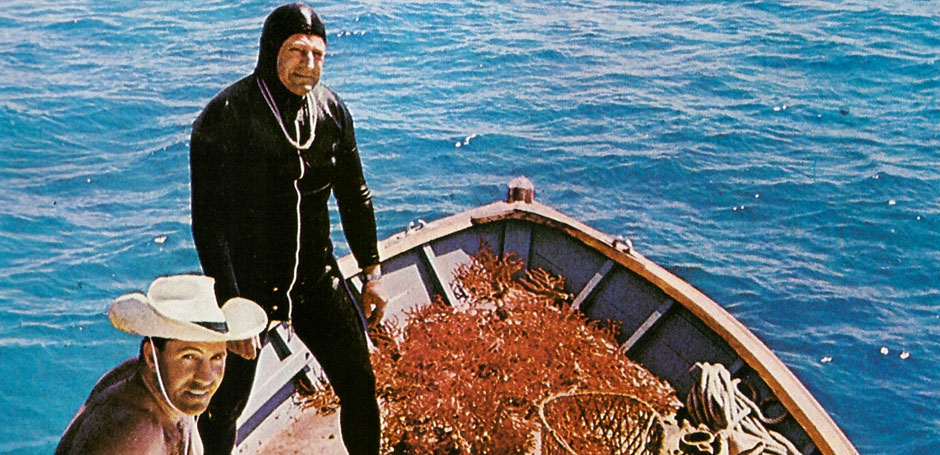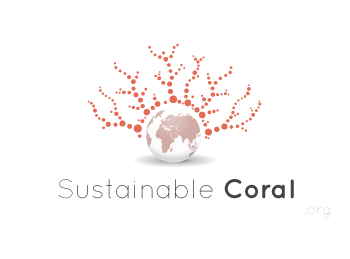 Coral harvesting and trade
Coral harvesting and trade
Coral in the Mediterranean is regulated in most countries. Dredging was phased out in the 1990s until it was banned in the EU in 1994. In other areas and at great depths, select dredging Scuba diving can be used to harvest coral between 30m and 80m. Mixed-air is used at depths of 80-150m (Tsounis et al., 2010). Trawling is still a widespread method to collect deeper corals in Asia. ROVs and submarines have also been used as a means of selectively harvesting corals, but are deemed an expensive option.
The trade and manufacturing of Coral is focused in Italy (in and around Torre del Grecco), Hong Kong, Japan and Taiwan.
The trade of certain species of precious coral is regulated by CITES (the Convention on International Trade in Endangered Species of Wild Fauna and Flora, also known as the Washington Convention). CITES has already included other coral species in its appendix II (includes species not necessarily threatened with extinction, but in which trade must be controlled in order to avoid utilization incompatible with their survival), such as stone corals (Scleractinia) and black corals (Antipatharia), without distinguishing between species, given their ecological importance, similarities and common threats. Furthermore, CITES already includes Corallium elatius, C. konojoi, C. secundum and Paracorallium japonicum specifically for China in Appendix III.
